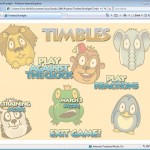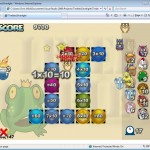A few weeks ago I made a decision to allow my current contract with IBM to come to and end. They had offered me another six month extension but I decided not take it.
Toward the end of July, I am taking the family to Florida for three weeks, and I had already decided that I would take the whole of August off. It’s been a long time since I had a long vacation. I originally wanted to only work the winter months when I started contracting. 🙂
The issue was that there was only seven weeks between the end of my contract and going on holiday. IBM had agreed to factor in August as part of my contract, but ideally I only wanted to work up to the holiday. I could have taken a new contract to cover the next seven weeks, but short contracts have a habit of turning into longer contracts, and I really didn’t want to commit to anything new.
So, I made the decision to finish my contract and not look for a new one. This means being out of contract, and therefore not earning money, for the next 3 months!
I ended up thinking about a project that I started in 2008, Timbles. It was a prototype game that I wrote, to help my children with their Times Tables. Unfortunately many things got in the way of me developing it, not to mention the plan for it started getting more and more grandiose, and therefore harder and harder to complete.
Continue reading “The Timbles are coming…”








